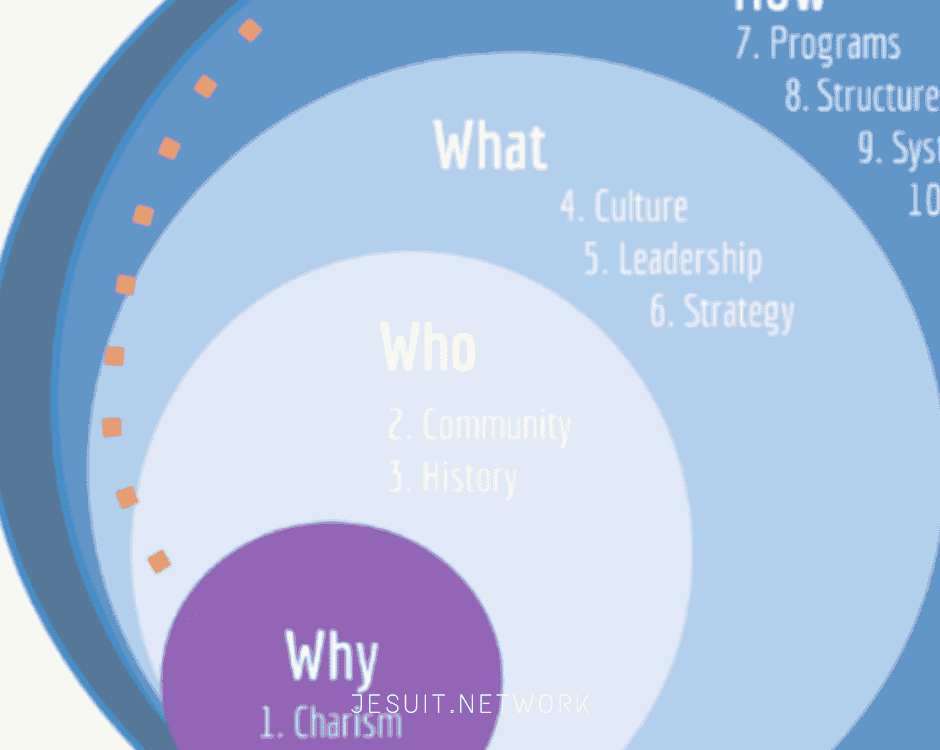This website uses cookies so that we can provide you with the best user experience possible. Cookie information is stored in your browser and performs functions such as recognising you when you return to our website and helping our team to understand which sections of the website you find most interesting and useful.
Recommendations for Intersectoral Collaboration
A recurring question in most workshops and talks on international networks is how to advance intersectoral collaboration. It is a fact that our great ability in the Society of Jesus is collaboration between organizations on the same sector at the regional level and that there lies our greatest strength in international networks. Different are the results in global and intersectoral efforts, where we could still say that we are in trial and error mode.
In the next post we will cover examples of these dynamics, but here I want to summarize the four recommendations we usually make for those who are looking for ways to promote collaborative projects that do not fit only into their usual apostolic sector.
1. Try to frame the possible collaboration around the Universal Apostolic Preferences. The UAPs are a unique opportunity to find spaces for thematic alignment of all the works of the Jesuit network. Any intersectoral work in the coming years should try to express itself within this framework to make it easier to find synergies with other works and networks, specially from other apostolic sectors. For intersectoral dialogue beyond the Jesuit network, references to the framework of Agenda 2030 or the United Nations Global Compact or the recent Global Education Compact promoted by the Church are always appropriate.

2. Seek and connect with any commission on the subject (or similar) in the different sectoral articulation networks at both the conference and global levels. These networks have defined work strategies, as well as specific working groups that seek to promote collaboration on certain issues, and they already know the actors and are possibly working on possible synergies. Check our post on international working groups

3. Start as close to the level of response that your collaboration requires. Subsidiarity is a basic criterion of Jesuit networking. Intersectoriality will be easier the closer the need for response is to the level of coordination. There must be clear reasons for raising the response (a) from local to provincial, (b) from provincial to conference, and (c) from conference to global. Think through which level is most appropriate for your proposal, and remember that the closer to the need the easier it is to achieve collaboration.

4. Use your sectoral delegate to make the proposal known at the different levels of government both in the regional (provincial delegates) and international (conference delegates) coordination spaces. At both levels there are areas of intersectoral dialogue where there may be traction for the proposal.





